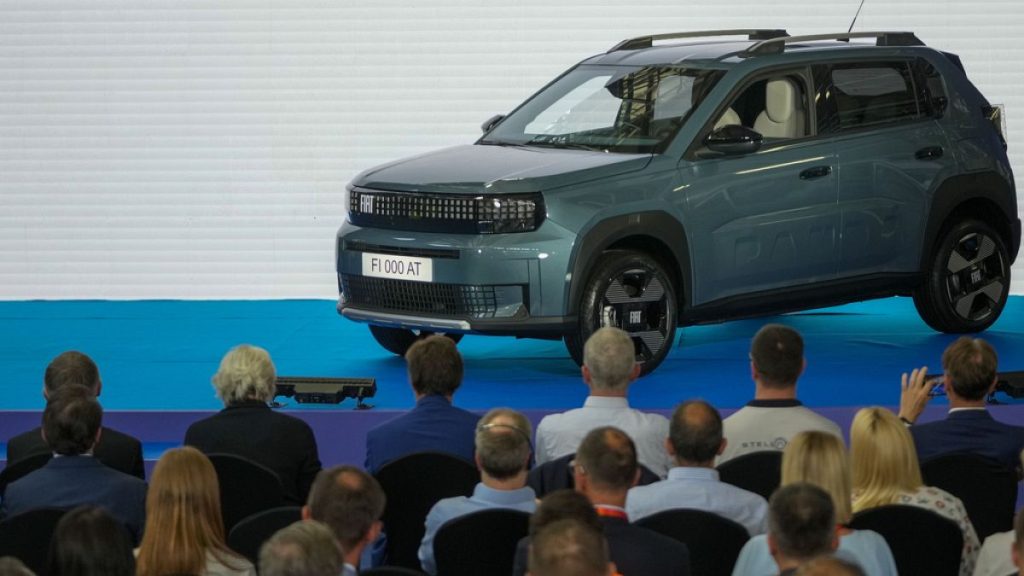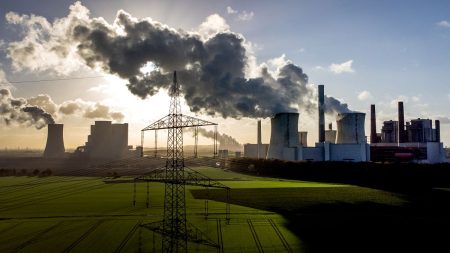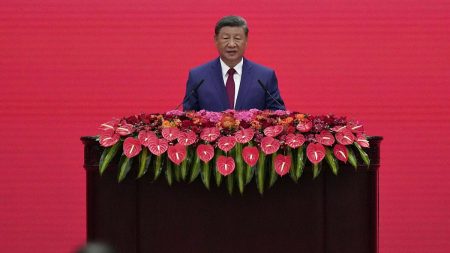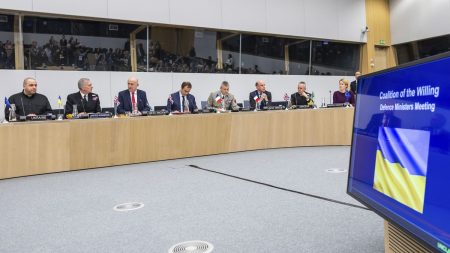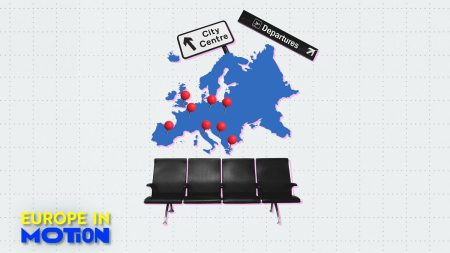A new trial production line of the electric version of Fiat’s Grande Panda car was inaugurated in Kragujevac last Monday. Built at the factory known for producing the Italian brand’s vehicles since it was rebranded under Fiat Chrysler — now Stellantis — in 2008, it’s set to become the first-ever electric car to be mass-produced in Serbia, with production expected to begin this October. The launch of the electric Grande Panda follows a deal on lithium reached with the EU in early July in Belgrade that could reduce Europe’s dependency on China and push Serbia closer to Brussels. However, this deal has faced criticism from environmentalists and opposition groups in Serbia who argue it would cause irreversible environmental damage while bringing little benefit to its citizens.
Serbia is estimated to have around 1.2 million tonnes of lithium reserves, a critical mineral for making electric batteries, as the transition to zero-emission vehicles accelerates. The Stellantis group took two years to adapt the Kragujevac plant to produce EVs. The Grande Panda comes with distinctive LED lights and an interior made using up-cycled materials. After production, the cars will be delivered to showrooms in Europe, the Middle East, and Africa. Stellantis CEO Carlos Tavares expressed readiness to compete with Chinese EV makers, emphasizing the company’s technology and competitiveness. Serbia’s President Aleksandar Vučić congratulated everyone involved in the project, expressing pride in Serbia, Fiat, and Stellantis. Despite Stellantis reporting a decrease in net profits due to lower sales and restructuring costs, the company remains committed to innovation and competition in the EV market.
In response to the lithium excavation project signed by the Serbian government with the European Union, thousands of people protested in several towns across Serbia. The protests, held in locations such as Šabac, Kraljevo, Aranđelovac, Ljig, and Barajevo, highlighted concerns over potential irreversible environmental damage caused by the project. The protests followed previous gatherings in other Serbian towns in recent weeks, reflecting widespread opposition to the mining project. The largest lithium reserve in Serbia is located in a western valley rich in fertile land and water, leading to concerns about the project’s impact on the region. The multinational Rio Tinto company had previously initiated an exploration project in the area, which faced significant opposition and was ultimately suspended.
Despite previous environmental concerns and opposition to the lithium excavation project, Serbia’s constitutional court overturned the government’s decision to cancel a mining project launched by the British-Australian mining company in the Jadar Valley. President Aleksandar Vučić stated that excavation would not commence before 2028, and the government would seek firm environmental guarantees before allowing any digging to proceed. The decision to revive the project has sparked renewed protests and criticisms, with many in Serbia expressing concerns about the potential environmental risks and consequences associated with the mining activities. The government’s assurances regarding environmental protection and guarantees have not fully alleviated the fears and opposition expressed by environmentalists and citizens opposed to the project.
The parallel developments of launching the electric Grande Panda car production and the lithium excavation project in Serbia highlight the complexities and challenges associated with balancing economic development and environmental preservation. While the production of electric vehicles presents new opportunities for the country and the region, concerns about the environmental impact of mining activities raise critical questions about sustainable development and resource management. The criticisms and protests surrounding the lithium project underscore the importance of thorough environmental assessments and transparent decision-making processes to address the concerns of citizens and environmental groups. As Serbia navigates its path towards economic growth and sustainability, it will be essential to strike a balance between technological innovation and environmental protection to ensure a sustainable and prosperous future for all stakeholders involved.




